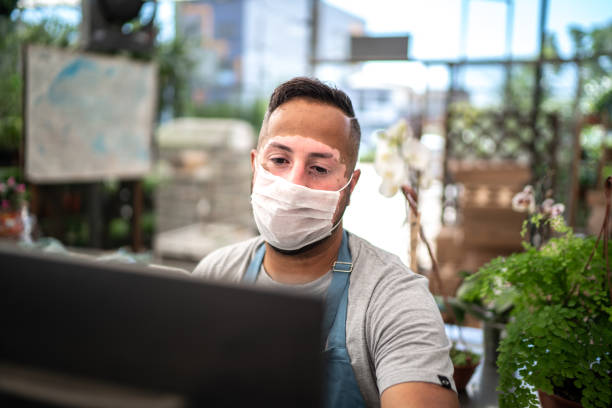Introduction
Skin viral infections are a common concern that can affect people of all ages. In this comprehensive guide, we will delve into the causes, symptoms, and effective management strategies for various skin viral infections, providing valuable insights to help you understand and address these conditions.
Understanding Skin Viral Infections
Defining skin viral infections and their prevalence.
Differentiating between viral and bacterial skin infections.
Common Types of Skin Viral Infections
Highlighting prevalent viral infections such as herpes, warts, and molluscum contagiosum.
Exploring the distinctive characteristics of each viral infection.
Causes and Risk Factors
Discuss how skin viral infections spread, including direct contact, airborne transmission, and contaminated surfaces.
Risk Factors
Identifying factors that increase susceptibility to skin viral infections, such as weakened immune systems and pre-existing skin conditions.
Symptoms and Diagnosis
Outlining common symptoms of skin viral infections, including rashes, blisters, and itching.
Emphasizing the importance of early detection.
Diagnostic Procedures
Detailing medical examinations, laboratory tests, and imaging techniques used to diagnose skin viral infections.
Preventive Measures
Highlighting the significance of regular handwashing and maintaining personal hygiene.
Discussing the role of cleanliness in preventing viral skin infections.
Avoiding High-Risk Situations
Guiding avoiding situations that may increase the risk of viral exposure, such as sharing personal items and close contact with infected individuals.
Management and Treatment Options
Exploring the role of antiviral medications in managing and reducing the severity of skin viral infections.
Discussing prescription and over-the-counter options.
Topical Treatments
Detailing the use of topical creams and ointments to alleviate symptoms and promote healing.
Considering the effectiveness of specific ingredients.
Home Remedies and Self-Care
Providing tips for managing discomfort at home, including warm compresses and soothing lotions.
Emphasizing the importance of not scratching affected areas.
Natural Remedies
Exploring alternative treatments, such as aloe vera and tea tree oil, for their potential benefits in managing skin viral infections.
Living with Skin Viral Infections
Addressing the emotional and psychological aspects of living with a visible skin viral infection.
Offering coping strategies and mental health support.
Preventing Recurrences
Advising on strategies to prevent the recurrence of viral skin infections.
Discussing the importance of immune system health.
Real-life Experiences
Incorporating personal stories of individuals who have successfully managed and overcome skin viral infections provides a relatable perspective and encouragement for those navigating similar challenges.
Can skin viral infections be prevented entirely?
Exploring the limitations of prevention and emphasizing proactive measures.
Are all skin viral infections highly contagious?
Discussing the varying degrees of contagiousness among different viral infections.
What should I do if I suspect a skin viral infection?
Offering guidance on seeking prompt medical attention and self-care measures.
Can over-the-counter creams effectively treat viral skin infections?
Examining the efficacy of different topical treatments and their limitations.
Is it safe to use natural remedies for skin viral infections?
Discussing the potential benefits and risks of incorporating natural remedies into the treatment plan.
Conclusion
In conclusion, understanding the causes, symptoms, and effective management of skin viral infections is crucial for individuals dealing with these conditions. By incorporating preventive measures, seeking timely medical attention, and adopting supportive strategies, individuals can navigate skin viral infections with knowledge and resilience.

